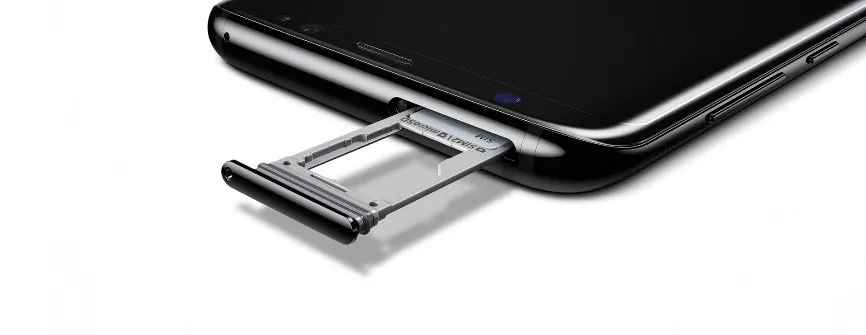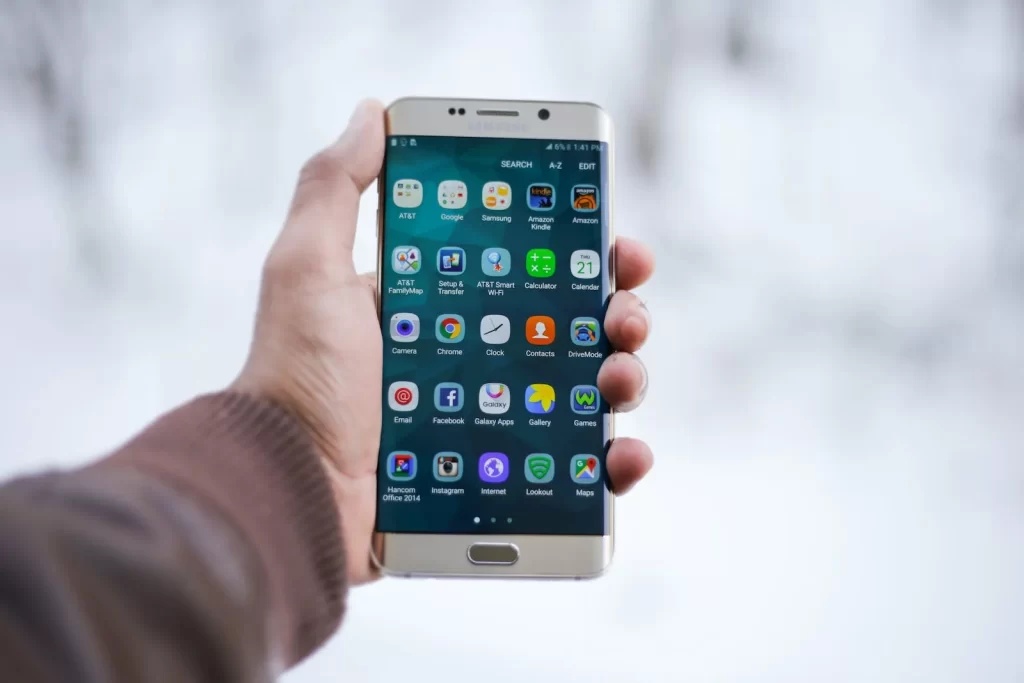For Samsung Galaxy smartphones, the SIM card manager is a flexible utility that supports preferred network types, dual SIM functionalities, and other SIM settings. Regretfully, there are situations in which it might stop functioning.
Table of contents
The common reasons and fixes for a non-functioning Samsung SIM card manager are covered in this article.

The SIM card manager allows you to
Activate or deactivate a SIM card: changing to one or two SIM slots. Select one SIM card for data, calls, and texts: Select the SIM card used by default for specific tasks.
Customize the names and icons of SIM cards: You can alter how your SIM cards look in the settings.
By Selecting the desired mode (5G, 4G, or 3G), the network can be modified: Select the desired network type for each SIM card.
The following are some typical problems that arise when the SIM card manager is not functioning:
- The transition between SIM1 and SIM2 will be problematic. The settings won’t correctly activate or save.
- The gadget keeps freezing or crashing due to the SIM card management.
- There will be no detection of the SIM card.

Steps To Fix a Samsung SIM card manager that has been disrupted
Restart your device. Experimenting with a simple device reboot will often resolve short-term issues that SIM card management may be experiencing.
Verify the location and condition of the SIM card.
Correct insertion: Always ensure SIM cards are inserted into the SIM card tray correctly.
To perform this properly, refer to the user manual that came with your phone.
Cleanliness: Check for any dust, grime, or debris on the SIM cards and the SIM card tray. Try cleaning them carefully with a soft, dry towel.
Damage: Check for physical damage on SIM cards by looking at them. If so, request a replacement by calling your cellphone provider.
Verify whether there are any software updates
Always keep your Samsung device’s One UI and Android versions current. Navigating to Settings > Software update > Download and install.
Software upgrades often feature bug fixes and significant enhancements, such as resolving issues with the SIM card manager.
Updates for carrier services: Occasionally, carriers update their carrier services app, which may impact how well SIM cards work. Check the Google Play Store or Galaxy Store for upgrades that can enhance carrier-related apps.
Turn Airplane Mode On and Off: Airplane mode is an excellent way to resolve connection issues by providing a new start. The outcome will be the same whether you use quick settings or Settings > Connections > Airplane mode.
Reset Network Settings: Resetting your network settings also resets your Bluetooth, Wi-Fi, and mobile data. By doing this, network-related problems may cease to impact SIM card management. You’ll discover this in settings> General management > Reset > Reset network settings. After this, the Wi-Fi-only adapter might prompt you to reenter your password.
Remove the Carrier Services Cache and Data (If Applicable): The issue can be frequently fixed by clearing the carrier services app’s cache and data. Go to Settings > Apps, locate the carrier services app, and then select Storage > Clear cache and Clear data if your phone has one installed.
Find Third-Party App Conflict: There may be a conflict between the SIM card manager and your new apps. To check whether the problem persists, uninstall and reinstall any new apps that might interfere with your smartphone.
Additionally, the system startup sequence may be altered because of various third-party apps, preventing appropriate device initialization. To quickly check if the SIM card management is functioning correctly, try booting your device into safe mode.
Check for Hardware Issues: Handling hardware issues may be challenging in certain circumstances. The mobile handset itself or the SIM card reader may cause this.
You should contact Samsung support or visit a service center to have it diagnosed and repaired if none of the actions mentioned above are practical.
Analysis of SIM Card Compatibility: Verify that your installed SIM card can work with a Samsung handset. When you put some older SIM cards into a new phone, the same issues may arise in the opposite direction. Understand how well your gadgets and SIM cards work together, then utilize the SIM-linked card with your carrier or exchange it for a different one.
Particular Situations and Remedies Checking the SIM card and network problems, as outlined in the previous stages, should be your first action if your phone cannot locate one or both SIM cards.
The Settings app must be the reason for the application’s frequent crashes if it malfunctions. Clearing the cache and data in the Settings app can fix the issue.

Installing the required upgrades and patches available from Samsung or their carrier will fix the issue for dual SIM users who discover that one of their SIMs is not functioning following a recent software update.
The SIM card manager can function adequately again by carrying out these troubleshooting procedures. Seeking professional assistance is the better option if your problem is still unresolved.
